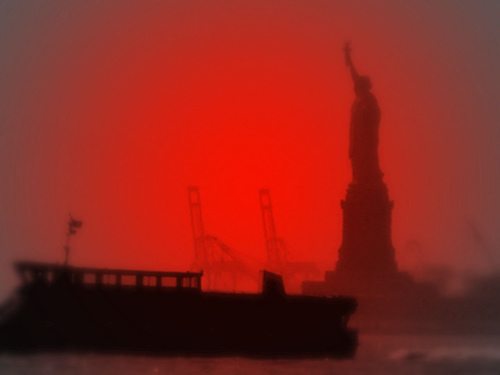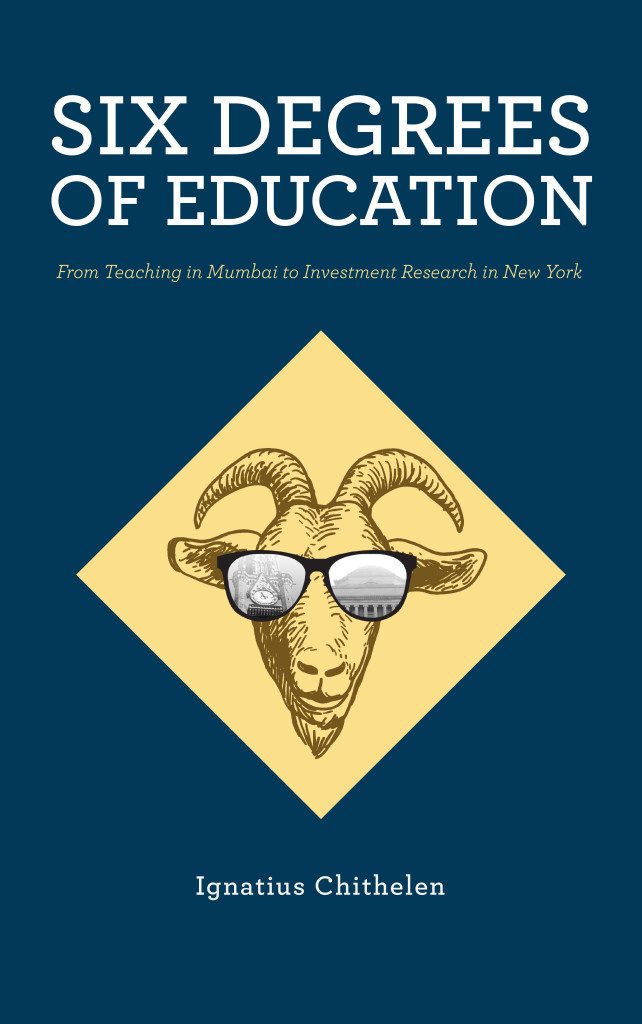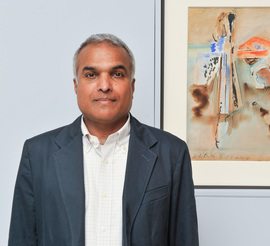
Caste & Class Among Indians in America
[dropcap]I[/dropcap] did not get good grades and also did not win any awards, even minor ones, while a student at the Columbia Journalism School in New York, class of 1986. One of my teachers Kathleen Teltsch, who covered the United Nations for The New York Times, wrote, “He still needs more confidence,” in her assessment of my performance in her course.
Only late into the final semester I realized that core courses like Kathleen’s carried far greater weight in academic rankings than the minor ones. Until then, based on the grading system I was used to in India, I assumed all courses carried equal weight. Finding this out earlier though would not have mattered, since I did equally poorly in the minor courses.
I was OK with my mediocre grades and lack of awards since three of my class assignments were published in U.S. newspapers. They included one about finding my lost briefcase with $3,880 I left in a cab on my first day in New York and on my way into Manhattan from JFK airport. It was published by New York Newsday.The journalists I knew, including some teachers at Columbia, said it is more important to have stories published, especially in major publications.
Another story “Indian Immigrants: Keeping Alive the Old Ways in the New Land” was published in the weekend Long Island section of The New York Times.Pranay Gupte, an alumnus of the school, introduced me to the editor of the section, who was one of his former colleagues at the newspaper.
The article, published in 1986 as a full page cover story, pointed out that the Indians living in Long Island were first generation immigrants. They had moved to the island from Queens, the neighboring New York City borough, upon becoming more affluent, for better schools and housing. Their religious, eating, cultural and social activities continued as if they were living in India, including marrying spouses from their religious, linguistic and caste backgrounds.
I quoted Kamala Narayan, a teacher of Indian classical dance in East Meadow: “It’s strange. You travel thousands of miles and come here and find the same differences (as in India) between Brahmans and non-Brahmans,” Hindus and Muslims, and those from North India and South India. The major exposure to American culture and lifestyle and to other Americans comes when kids start school and their Indian parents meet other parents at school events.
Little has changed in the past thirty years, including among the highly educated professionals. A few years ago, at a party hosted by an Indian in the New York suburbs, I chatted with the wife of a senior executive of a major American financial services company who is an IIT graduate. Both husband and wife are from Haryana. I asked if they knew a consultant with a major firm, an IIM graduate who is also from Haryana. She said “We meet at such parties. But we do not socialize.He is a Jat while we are Kayasths.”
British (and Indian) Lords and Dames
[dropcap]O[/dropcap]ne attraction of the journalism school was its location in New York City, the global center of the media business. Leading New York-based journalists taught as adjunct faculty, and the school invited a steady stream of leading print, TV and radio journalists to speak to students.
In November 1985 Andrew Knight, editor of The Economist, delivered the annual lecture of the Bagehot Fellowship program, named after Walter Bagehot an editor of the weekly in the nineteenth century. Knight also spoke to Beth Nissen’s reporting and writing class. I was not in Nissen’s class but attended his talk, since I was a regular reader of The Economist from around age eighteen.

Spending over an hour usually at libraries, I read it from cover to cover. Its concise, fact-based analytical pieces gave me weekly insights into the key political, economic, business and finance issues.
Under Knight, the circulation of the magazine had tripled in a decade to over 250,000. I asked him about the weekly’s growth in U.S. circulation, then over 100,000, which was larger than that in the U.K.
After the class ended, I continued chatting with Knight as we walked down the stairs. When we parted, near the statue of Thomas Jefferson at the main entrance to the school building, perhaps displaying typical English aloofness, he did not give me his business card or even shake my hand.
In the 1990s, possibly due to 40% of its circulation and likely more than half of its advertising and circulation revenues coming from the U.S., the weekly’s coverage of the U.S. was less critical and incisive.
I mentioned this to Bill Emmott, editor of The Economist, following his talk at a club in New York in 2003. He animatedly said I was wrong to say the editorial policy was tilted towards the bias of most of its readers and advertisers from the U.S. I asked for his business card, so I could email him examples. He did not give me his card and, when we parted, he too did not shake my hand.
[dropcap]M[/dropcap]aybe such attitudes are a continuation of the age old snobbery and class distinctions still practiced by the British elite. Marjorie Scardino, the American born former publisher of The Economist, was given a title by the Queen. She is referred to as Dame by British publications, including The Financial Times.
In India, too, there are sharp class distinctions on top of a caste hierarchy. The business and professional elite, especially alumni of the top private schools and colleges and executives of multinational corporations, rarely mix socially with those below them in the economic hierarchy. They inherited this custom from their former British rulers, though their Indian ancestors were snubbed by the British when they ruled the country.
Many Indian professionals in America decide whether to socialize with a fellow Indian based on net worth, potential business and social networking value, as well as family status in India.
I have made more British friends in America than Indians, and more Chinese friends than British. The Chinese though, are from Hong Kong, which was a former British colony.
Such class hierarchy based customs are largely ignored in America, at least in most major cities, where money, skills and college define your social status. There is also more respect for lower level employees since many Americans have parents or grandparents who were poor or illiterate.
Yet, as many classic novels have covered, social climbing is a common human desire. Several Americans who are not white Protestants, especially the wealthy and professionals, eagerly seek to marry partners who are White Anglo-Saxon Protestants. They raise their children as Episcopalians and Presbyterians following such marriages.
[dropcap]T[/dropcap]his desire to become American Brahmans, including among politicians and their children, is seen in the upper crust claims in the weddings and fundraising events listed in the Style Section of The New York Times. The same politicians, however, loudly claim to come from humble origins, by speaking of their hardworking blue collar parents and grandparents when they are campaigning for elections.
Also, the deep racial tensions and divide continue, and the opportunities for good education and jobs remain few for the majority of the U.S. population.
(This is adapted from Ignatius Chithelen’s book “Six Degrees of Education: From Teaching in Mumbai to Investment Research in New York.”)

Ignatius Chithelen’s six degrees include Philosophy, Political Science and Economics from India and Journalism from Columbia University, New York. A chartered financial analyst, he runs Banyan Tree Capital Management, New York, and advises businesses and start-ups. He has written for Barron’s, Knowledge@Wharton and The New York Times.
